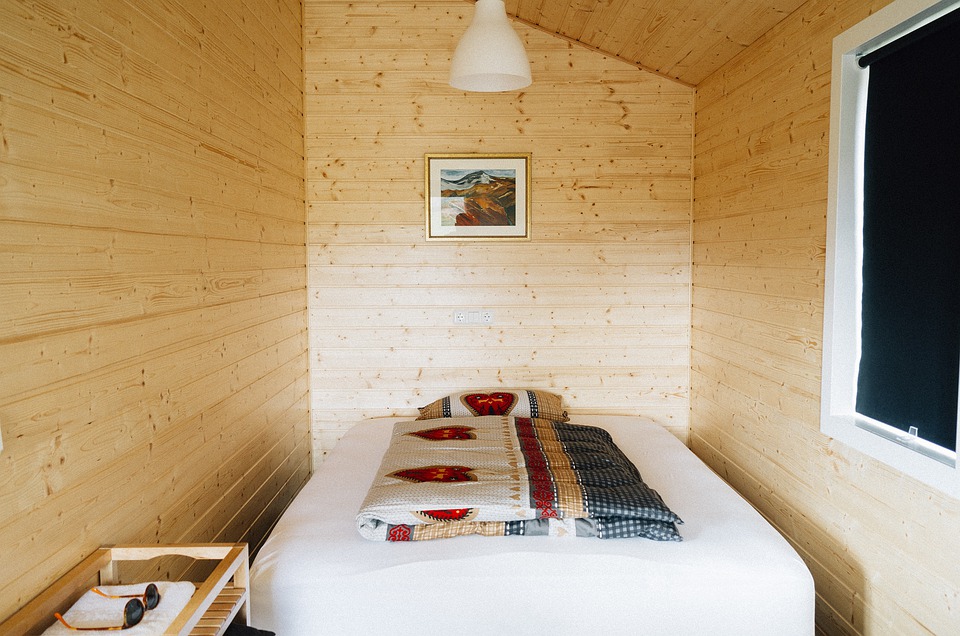Do you enjoy switching out your decorative pillows frequently? I know I do, but there are times when I just want to swap out the covers for my pillows instead of buying new ones.
Throw pillows take up a lot of space to store when not in use, like during the holidays.
Because I can easily change the appearance of one pillow several times throughout the year, I love these DIY throw pillow covers.
How To Make An Envelope Pillow Cover
Supplies Needed
- Your favorite fabric.
- A pillow inserts
- a thread of the same hue.
- Sewing machine or needle
- Measuring tape or ruler
Where Can I Buy Fabric To Make Pillow Covers?
The source of the fabric for my pillow covers is a question I get asked frequently. Fabric.com is among my favorite websites. However, there are times when I need to get somewhere quickly and I don’t have the patience to wait for something to be delivered. A surprising number of fabric retailers, including Hobby Lobby and JoAnn Fabric, have good selections of fabrics. Hobby Lobby has a lot of “duck fabric” which is a heavier, canvas-like fabric and it makes really durable pillow covers. When I want to make some covers, Hobby Lobby usually has cute items because they do a great job of staying on top of trends.
Some Kinds Of Pillow Cover
1. Slipstitched Pillow Cover
1. For the seam allowance, multiply the height and length of the pillow insert by 1 inch (2.5 cm). Draw two fabric squares with these dimensions using a ruler and a fabric pen with disappearing ink.
2. Right sides facing, adhere the squares together. Make two marks 3 inches (7.5 cm) from the right and left sides of the bottom edge. Leave the area between the marks open as you sew all of the pillow’s edges with a 1/2-inch (13 mm) seam allowance starting at one of the marks. Cut the corners, then flip the pillow over. To push the corners out, use a point-turner or a closed pair of scissors.
3. Turn the unfinished edges of the opening under 1/2 inch (13 mm) as you press the pillow’s edges. Add the pillow form, then slipstitch the opening closed.
2. Envelope-backed Pillow Cover
One long rectangle of fabric is simply overlapped in the back to create the closure to make an envelope backing.
Your pillow’s size should be measured. For the seam allowance, multiply the height by 1 inch (2.5 cm), multiply the length by 2, and then add 6 inches (15 cm) to get the size rectangle you need. (For instance, a 19-by-42-inch (48.5 cm by 106.5 cm) rectangle would be needed for a pillow insert that is 18 inches long (45.5 cm).) Draw the rectangle’s dimensions onto your fabric using a disappearing-ink fabric pen and a ruler, then cut it out. Lay the rectangle down with the right side up. Double hem the left and right edges by folding each edge in half (13 mm), pressing it, then folding it over once more (13 mm) and pressing. 3 mm away from the inner fold, pin, and edge stitch.
3. Black and White Pillow Covers
When you use the same colors for your pillow covers, mixing patterns is simple. Using a variety of black and white fabrics, I made several pillow covers. Due to their shared color palette, they all complement one another well.
4. Corded Pillow Covers
To improve the aesthetic, wrap cording around your pillowcases. You can purchase a cording made of various materials; however, you can also cover the cording with any fabric you like before fastening it to the pillow cover.
5. Zippered Pillow Cover
A pillow cover becomes more adaptable when it has a zipper; you can quickly remove the insert to wash the cover or replace it entirely. Use a zipper that is either exactly the same length as the pillow opening or just a hair longer. Because it is simple to shorten, a polyester coil zipper is a good option.

How To Make Basic 10-minute Pillow Covers
1. Cut the front panel of your pillow cover according to the dimensions of your pillow form.
2. Cut out the front panel of your pillow cover, allowing a seam allowance of 1 inch on both the width and height.
3. In Order To Make A Smooth Seam, Double-fold The Length Of Each Panel That Will Be Overlapping. Both Back Panels’ Seams Should Be Stitched.
4. Right Sides Facing Inward, Pin The Back Panels To The Front Panels. After That, Stitch All The Way Around The Pillowcase. To Make The Seams More Durable, I Backstitched Over Each One. Insert The Pillow Insert After Turning It Right Side Out.
Making your own removable throw pillow covers allows you to change up the look of your house all year long. especially for the various observances of the seasons and holidays.
You can keep a box full of your own handmade removable throw pillow covers in your closet or under your bed. Alternately, keep them in a linen closet. Not much room will be needed for it. As you decorate for each holiday, simply swap out the cover.
